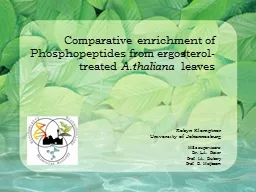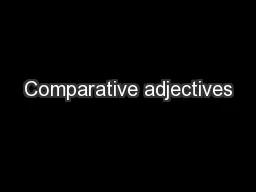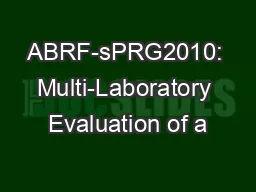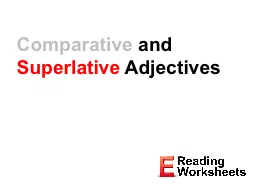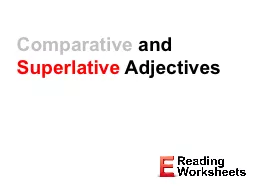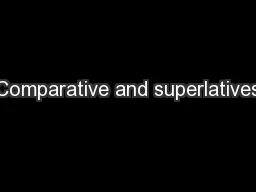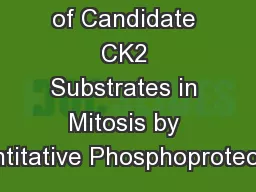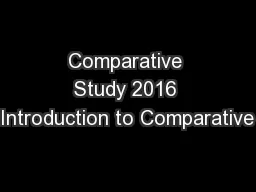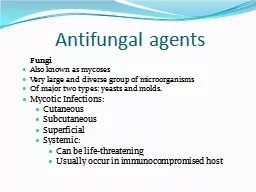PPT-Comparative enrichment of Phosphopeptides from ergosterol-t
Author : jane-oiler | Published Date : 2016-04-06
Athaliana leaves Robyn Klemptner University of Johannesburg MSc supervisors Dr LA Piater Prof IA Dubery Prof R Meijboom Background BIGGEST CHALLENGE 9 BILLION
Presentation Embed Code
Download Presentation
Download Presentation The PPT/PDF document "Comparative enrichment of Phosphopeptide..." is the property of its rightful owner. Permission is granted to download and print the materials on this website for personal, non-commercial use only, and to display it on your personal computer provided you do not modify the materials and that you retain all copyright notices contained in the materials. By downloading content from our website, you accept the terms of this agreement.
Comparative enrichment of Phosphopeptides from ergosterol-t: Transcript
Download Rules Of Document
"Comparative enrichment of Phosphopeptides from ergosterol-t"The content belongs to its owner. You may download and print it for personal use, without modification, and keep all copyright notices. By downloading, you agree to these terms.
Related Documents

